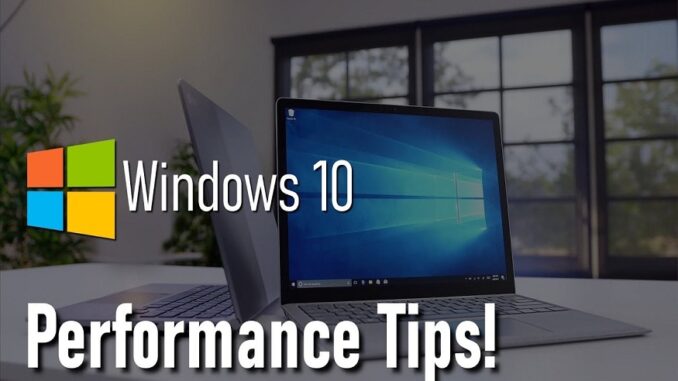
Technology is critical to modern work because it enables us to accelerate and streamline processes that would otherwise require more human attention and hence be more prone to human error.
There are numerous ways for users to optimize their Gaming Laptop performance – each method varies according to the desired outcome. If you own a PC, you may be wondering what you can do to increase PC performance without spending a fortune on hardware upgrades.
We collaborated with TechQuarters to investigate the possibilities. TechQuarters’ IT support services in London have been assisting businesses in managing their hardware successfully for more than a decade.
So, what are some ways to boost a PC’s hardware performance?
Disclaimer: The approaches discussed below entail tampering with your computer’s default hardware settings. These approaches have some risks; they may void the manufacturer’s warranty, and the results may be unpredictable if prudence is not used. As a result of these considerations, TechQuarters cannot endorse the techniques outlined below. If you choose to do so, you must do it on a computer you own entirely and at your own risk.
Overclocking
As the name implies, overclocking is the process of altering the clock rate of your computer. Every computer has a CPU (central processing unit), and every CPU has a clock generator. This Clock Generator is responsible for coordinating the actions of the CPU’s circuitry; it generates a clock signal that functions as a metronome, and the frequency (or rate) of the clock signals controls the behavior of the CPU’s circuits.
The clock rate refers to how the clock generator generates signals; increasing the clock rate effectively speeds up your CPU. Because the CPU is the heart of your computer, improved performance is possible if it runs faster.
It should be noted that altering a CPU’s clock rate will cause it to behave differently. It may require a higher voltage to operate and heat up more quickly or intensely. As such, if you are considering overclocking your PC, you need to evaluate your PC’s cooling capacity, temperature, and whether your PC’s power supply system can keep up with demand. If you do not make efforts to accommodate your overclocked CPU’s new operational needs, you risk CPU failure.
Underclocking
There are more ways for a user to change the CPU’s clock rate. While overclocking is used to raise the CPU’s speed, underclocking decreases the CPU’s speed.
Lessen the clock rate of your CPU to reduce your computer’s power usage. A lower voltage can accommodate slower clock rates. Undervolting will significantly lower power usage in comparison to the performance loss. For example, underclocking a recent Intel CPU by 20% results in a 13% drop in performance but roughly half the power usage (49 percent ).
Reduce your Gaming Laptop power consumption for a variety of reasons. First, it reduces heat generation proportionately; while lower power consumption slows the computer’s fans, the reduced heat generation results in a quieter PC that is less prone to overheating. Reduced power usage also improves the stability and durability of the hardware.
Underclocking a CPU is less likely to void the manufacturer warranty because it is safer and less likely to result in hardware damage or failure.
Undervolting
Another typical method of enhancing PC performance is lowering the voltage on your computer’s hardware. Typically, the CPU is the most undervolted component.
Undervolting can be performed independently of any other hardware adjustment. However, it is frequently combined with underclocking to achieve significant heat reduction. The primary advantages of undervolting are lower temperatures and, as a result, less thermal throttling (in which a high heat load affects CPU performance) and increased battery life.

Leave a Reply